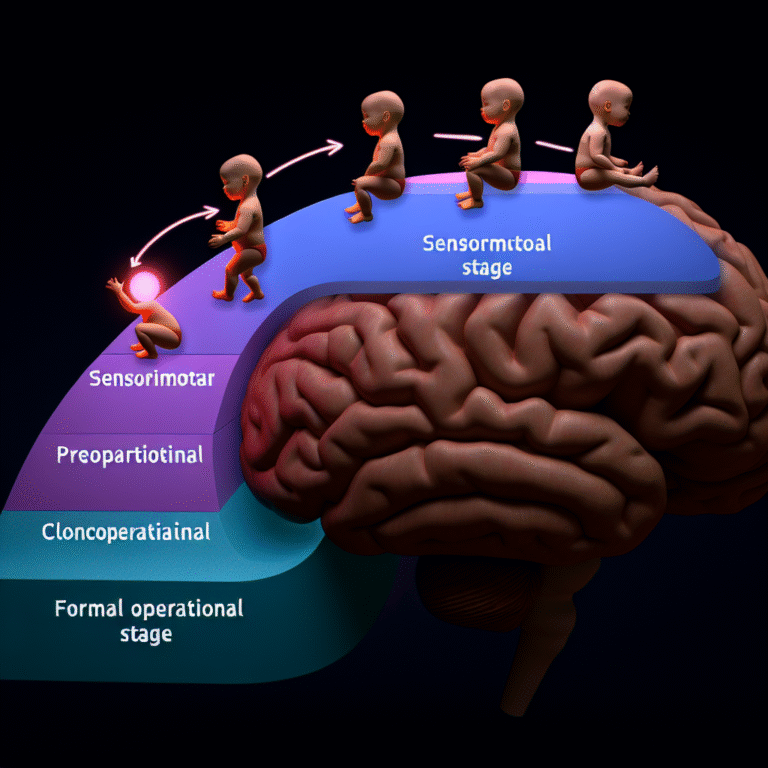
Formatting to Findings: Essential Writing Tips for Psychology Research Papers
Introduction: The Journey from Formatting to Findings
The world of psychology research is a vast and intricate tapestry woven with the threads of rigorous methodology, profound theoretical insights, and, perhaps most importantly, effective communication. Formatting to Findings: Essential Writing Tips for Psychology Research Papers is not just a catchy phrase; it encapsulates the crucial journey researchers must embark on, from appropriately formatting their work to presenting their findings in a clear, engaging manner.
In an era where the competition for publication is fierce and the demand for impactful research is ever-growing, mastering the art of writing a psychology research paper is indispensable. Whether you are a seasoned researcher or a budding academic, understanding the nuances of formatting and conveying your findings can significantly impact how your work is perceived and utilized.
Understanding the Importance of Formatting
When we think about psychology research papers, the content undoubtedly takes center stage. However, the framework that supports this content—the format—plays a critical role in dictating the readability and effectiveness of your paper. Proper formatting is not merely a matter of aesthetics; it influences how your message is received. Think of your research findings as a treasure chest; without the right formatting—like a lock and key—your valuable insights may never be fully appreciated or utilized.
The Essential Structure: From Title to References
Title: Your title should encapsulate the main idea of your paper while being engaging and informative. A well-crafted title can attract readers and convey the essence of your research. For example, “The Impact of Cognitive Behavioral Therapy on Anxiety Disorders: A Meta-Analysis” clearly defines the paper’s focus.
Abstract: This brief summary of your research provides an overview that allows readers to understand the primary objectives and findings quickly. A well-crafted abstract is often the deciding factor for whether someone will read your paper in its entirety.
Introduction: Crafting a compelling introduction is key to drawing readers into your research. Besides presenting your research question, you should also contextualize your study within the existing literature. Be sure to clearly outline the significance of your work, addressing gaps in the current body of knowledge.
Methodology: Detailed presentation of your methodology ensures that your research can be accurately replicated by others. It is essential to meticulously describe your sample selection, data collection processes, and analysis techniques. Transparency fosters credibility.
Results: Present your findings clearly and concisely. Utilize tables and charts to convey complex data visually. For instance, a table summarizing participant demographics can make your results more digestible.
Discussion: In this section, interpret your findings in the context of existing research. Discuss implications, limitations, and potential areas for future research. Engaging in a dialogue with prior studies can enhance the depth of your analysis.
- References: Ensure all sources are cited correctly following the appropriate style guide (e.g., APA, MLA). This not only lends credibility to your work but also allows readers to explore relevant literature.
Practical Tips for Formatting
Choose Your Style Guide Wisely
Choosing the right style guide is crucial, as it dictates everything from your paper’s layout to citation styles. The American Psychological Association (APA) style is the most commonly used in psychology, and adhering to its guidelines ensures that your work meets professional standards.
Maintain Consistent Formatting
When it comes to formatting, consistency is key. This applies to font size, margins, headings, and spacing. A clean and consistent format enhances readability and gives an impression of professionalism to your work.
Utilize Visual Aids Wisely
Incorporating tables, figures, and graphs into your paper can provide clarity and support for your findings. However, ensure that these visual aids are relevant and do not overwhelm the reader. Consider the following points:
- Table Example: A table summarizing the demographic information of study participants.
- Chart Example: A bar graph displaying the percentage effectiveness of different therapeutic approaches to treating anxiety disorders.
Proofread for Perfection
After formatting your paper, it is critical to proofread it thoroughly. Pay attention to typographical errors, grammatical mistakes, and inconsistencies in formatting. Consider seeking feedback from colleagues or utilizing professional editing services.
Case Studies: Formatting Success Stories
Case Study 1: The Importance of an Effective Abstract
In a study published in the "Journal of Experimental Psychology," researchers examined the cognitive impact of decision fatigue. The authors learned that a clear, concise abstract led to increased readership and citations. This case underscores the importance of structuring the abstract effectively to capture the essence of the research.
Case Study 2: Visual Aids in Action
A meta-analysis conducted by Smith et al. (2021) examined the efficacy of various psychotherapeutic techniques. By utilizing clear and engaging charts, the researchers found that their findings reached a wider audience, enhancing the paper’s impact on both clinical practice and academic discussion.
Analytical Perspective
Both of these case studies illustrate that when it comes to psychology research, effective formatting and presentation can significantly influence dissemination and impact. The transition from formatting to findings is pivotal in ensuring that research resonates with its audience.
The Role of Peer Review
One vital aspect of the journey from formatting to findings is the peer review process. Submitting your research to a peer-reviewed journal is essential for achieving academic credibility. Reviewers will evaluate aspects of your formatting, methodology, and overall research rigor. Receiving constructive feedback during this process can guide and refine your overall presentation, ensuring your work meets the highest academic standards.
Common Writing Mistakes in Psychology Research Papers
Neglecting the Literature Review: Research without acknowledging existing literature lacks depth. Always provide context for your findings.
Overcomplicating Language: While academic language is important, clarity should never be sacrificed for complexity. Aim for straightforward language that conveys your message efficiently.
Ignoring Formatting Guidelines: Failure to adhere to a specific style guide can result in costly revisions. Always double-check formatting requirements before submission.
Inadequate Interpretation of Results: Simply presenting findings without interpretation fails to advance the academic conversation. Your discussion should synthesize and analyze results deeply.
- Omitting Ethical Considerations: In psychology, ethical considerations are paramount. Always include a section on ethical approval and participant consent.
FAQs about Formatting to Findings in Psychology Research Papers
Q1: What is the most important part of formatting a psychology research paper?
A: While all sections are essential, the methodology is often the most critical, as it allows others to replicate your study. Clarity and detail in this section are vital.
Q2: How can I make my abstract more effective?
A: Keep your abstract concise (usually between 150-250 words), summarizing the research’s purpose, methods, results, and conclusions clearly.
Q3: Are there specific visual aids recommended for psychology research papers?
A: Yes, tables and figures are often used in psychological research. Tables work well for summarizing data, while graphs can effectively illustrate trends or relationships.
Q4: What are some common formatting errors to avoid?
A: Common errors include inconsistent font sizes, improper citation formats, and failure to follow guidelines for headings or margins. Always refer to your style guide.
Q5: How do I choose the right journal for my research?
A: Consider the scope of your research, the audience for your findings, and journal rankings. Review past articles to ensure your work aligns with their themes and standards.
Conclusion: Crafting Your Path from Formatting to Findings
The journey from Formatting to Findings: Essential Writing Tips for Psychology Research Papers is more than about structure; it’s about communicating your research effectively. By employing the strategies outlined in this article—from careful formatting and thorough proofing to ethical considerations—researchers can enhance the impact of their work. Ultimately, your findings deserve to be illuminated in the best light possible. Embrace these tips and prepare to make your mark in the ever-evolving field of psychology research.
Engage, educate, and inspire—your next research paper could influence the future of psychological science.
















